In the 1980s, Professor Dejun Wang from Jilin University introduced the Surface Photovoltage (SPV) method into the fields of photochemistry and photocatalysis. Subsequently, this technique was used to extensively study the behavior of photoinduced charges in materials with semiconductor properties.
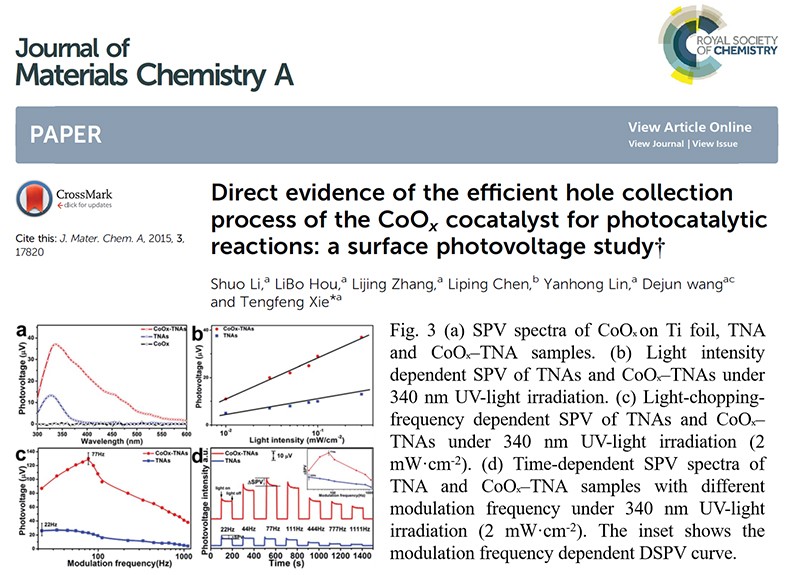
Surface Photovoltage (SPV) Technique
The Surface Photovoltage (SPV) technique is a non-contact measurement method that enables the measurement of voltage changes on the surface of semiconductors after exposure to light, and it possesses high sensitivity.
In recent years, the SPV technique has found widespread applications in research areas such as photocatalytic hydrogen production, solar cells, photocatalytic degradation, photoelectrochemical sensors, and photoelectrochemical water oxidation. Researchers combine the SPV technique with material studies to explain the dynamic behavior of photoinduced charges in corresponding reaction processes, gaining deeper insights into the separation, transport, and recombination of photoinduced charges in semiconductors.
The SPV technique can be used to determine the semiconductor's conductivity type, measure the diffusion distance of minority carriers, determine surface state parameters, and study the behavior of photoinduced charges. It also provides information about semiconductor material properties such as charge transition attributes, defect states, heterojunction charge transfer, quantum size effects, quantum confinement characteristics, photoinduced charge separation, transport, and recombination.
The SPV technique mainly includes steady-state surface photovoltage and transient surface photovoltage.
Steady-State Surface Photovoltage Testing
Steady-state surface photovoltage testing is achieved using a lock-in amplifier, as shown in Figure 1. This method provides important parameters like the semiconductor's conductivity type, bandgap width, and the separation efficiency of surface/interface photoinduced charge carriers.
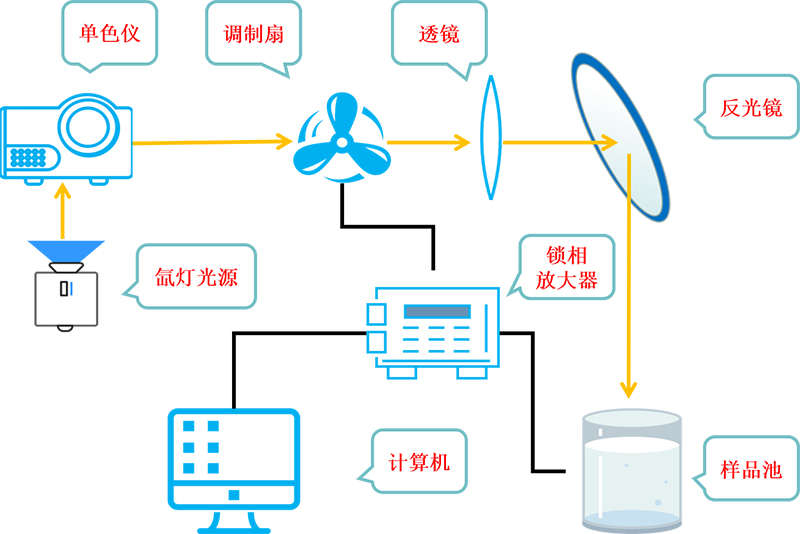
Figure 1. Steady-State Surface Photovoltage Spectrometer Schematic
Transient Surface Photovoltage Testing
Building upon steady-state surface photovoltage, transient surface photovoltage testing employs pulsed laser as the light source, as depicted in Figure 2. This technique not only reflects the separation efficiency of photoinduced charge carriers in materials but also provides microscopic dynamic information about the separation of photoinduced charges and their charge transfer capabilities.
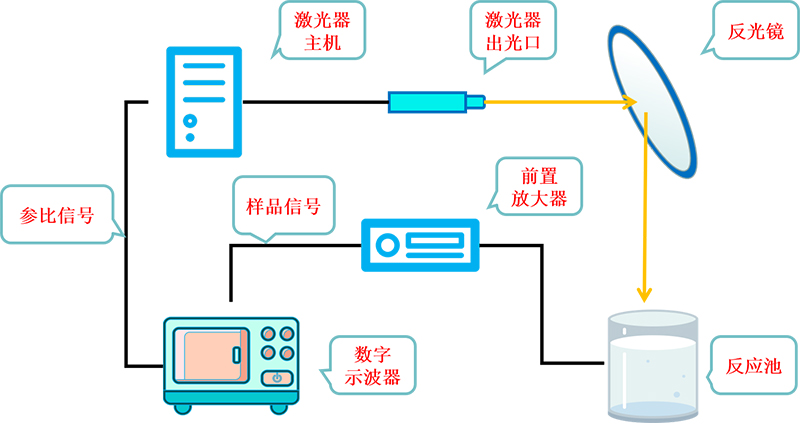
Figure 2. Transient Surface Photovoltage Spectrometer Schematic
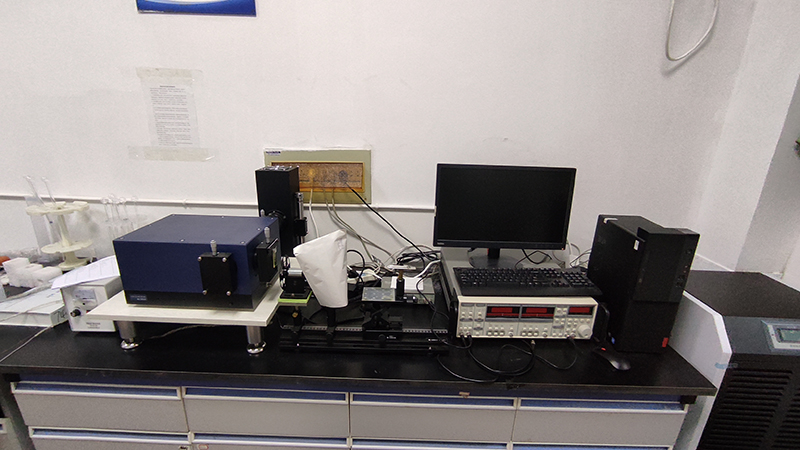
Figure 3. Surface Photovoltage Spectrometer Laboratory Photo
References
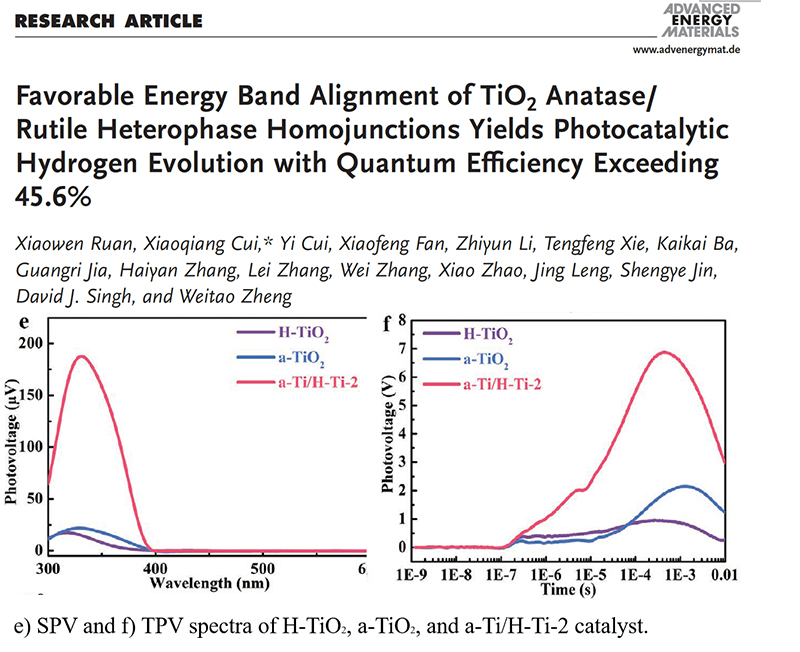
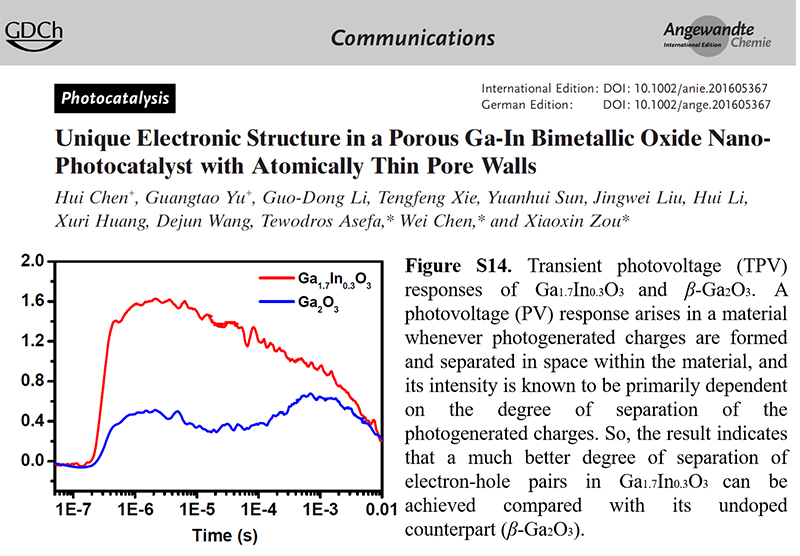
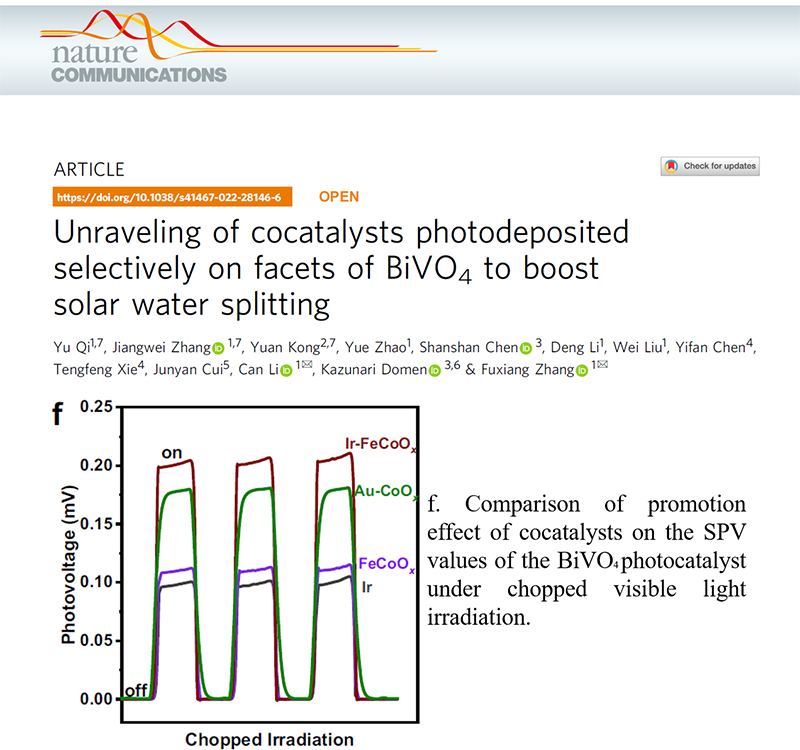
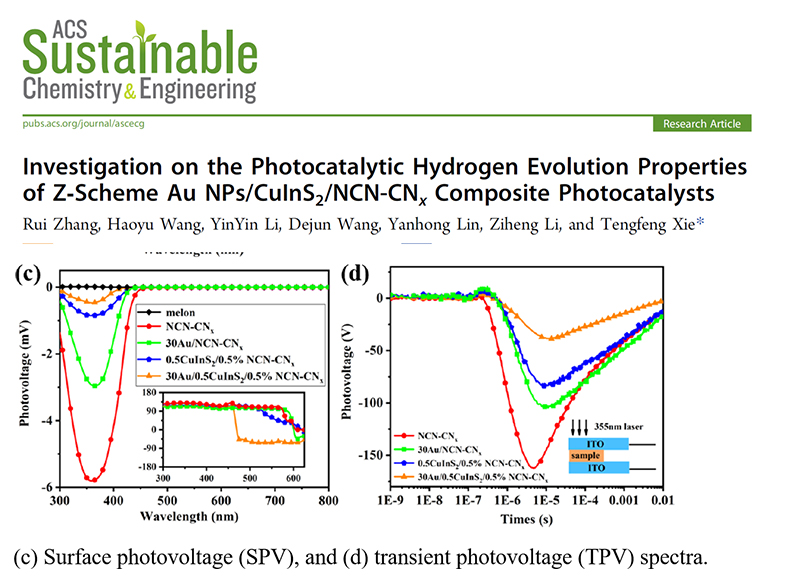
How to Access Testing Services
If you have requirements, you can add the specialized personnel on WeChat to access the services.
Or, if you're interested in the instrument, feel free to inquire at any time!

Recommended
Solution